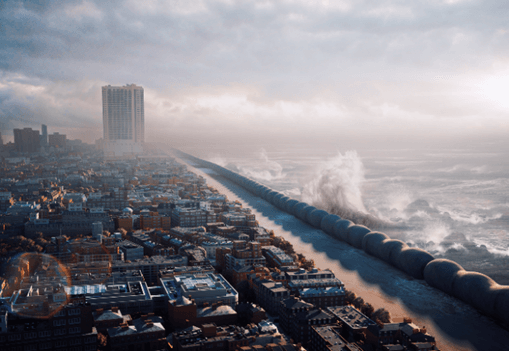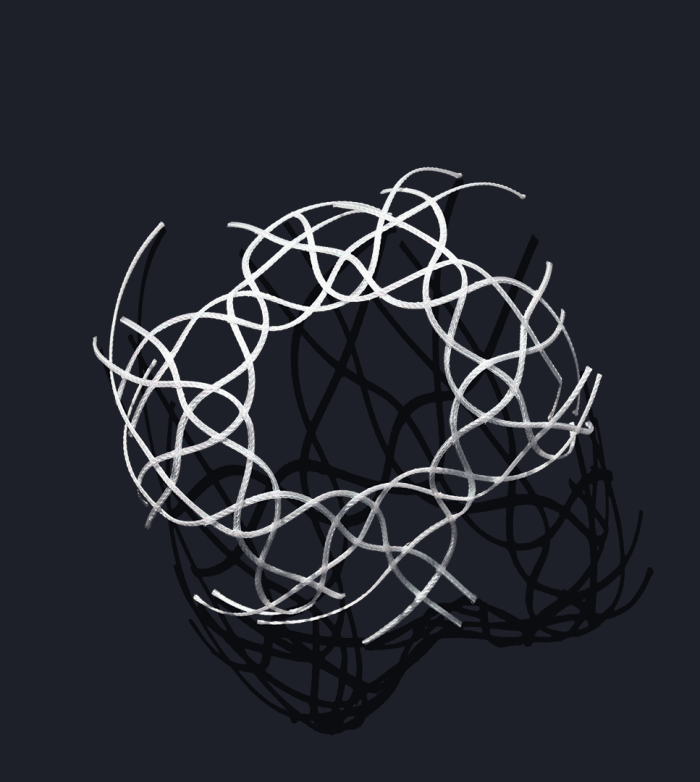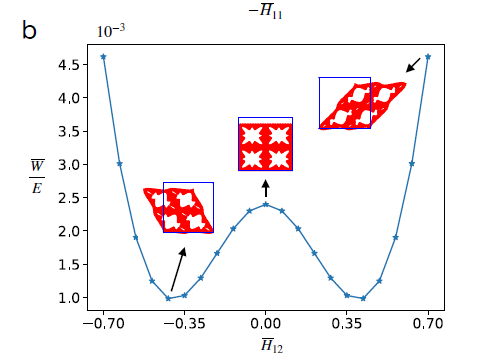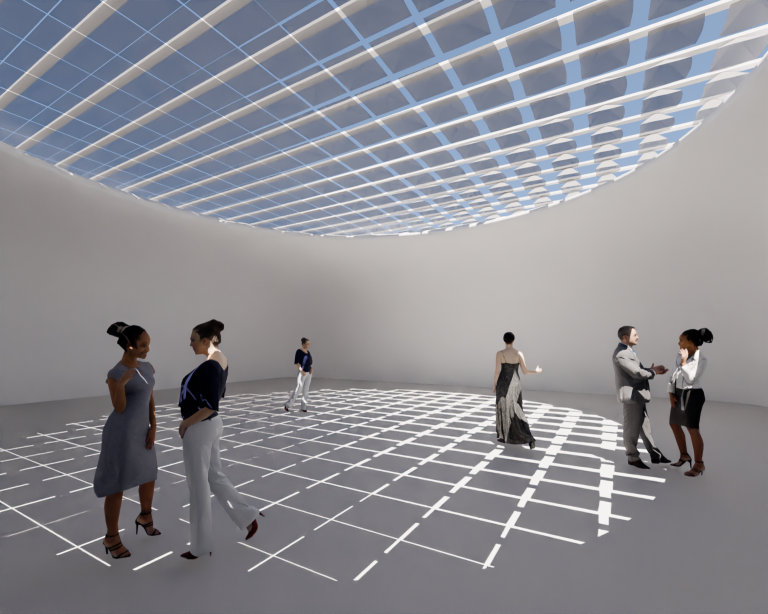
Award: IMI Innovation Award – AR Masonry
We are thrilled to announce that our innovative work in masonry and augmented reality, in collaboration with SOM, was recognized last night in Washington, D.C., with the prestigious JBC Masonry Innovation Award from the International Masonry Institur. This award, named in honor of Joan B. Calambokidis—President of the International Masonry Institute (IMI) from 1995 to 2017—celebrates groundbreaking advancements in the field. It is a great privilege to have our efforts acknowledged at this level, and we look forward to continuing to push the boundaries of design and technology in masonry







